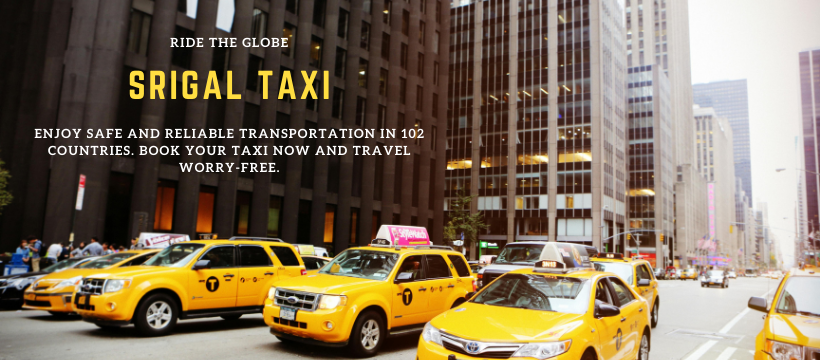
Andasibe-Mantadia National Park is a 155-square-kilometer protected site. About 150 kilometers east of Antananarivo is its location.
It consists mainly of primary-growth forests. It is in the Alaotra-Mangoro Region in eastern Madagascar. The elevation of this park ranges from 800 to 1260 meters.
It has a humid climate with 1700 mm of rain annually, falling on 210 days. It is home to a variety of species. It includes many rare and endangered species. It is also home to 11 lemur species.
The park’s two parts are Mantadia National Park and Analamazoatra Reserve. The reserve is best known for its population of Madagascar’s largest lemur, the indri.

This park became famous in 2007. It joined the Rainforests of the Atsinanana World Heritage Site. However, its forests failed to appear in the final list.
It is one of the sites in Madagascar to visit easily from the capital city, Antananarivo. It is a 3-hour drive east on a paved road, Route Nationale 2 (RN 2).
Analamazaotra and park headquarters are a short walk from Antsapanana on the RN 2. But visitors need to arrange special transport or hire it from local hotels.
It is necessary to reach Mantadia. Both parts of the park typically offer hikes ranging from 1–6 hours. A local guide is ideal for visitors entering either part of the park.
HISTORY
The Analamazaotra Special Reserve is famous as Andasibe after the nearby village. It was once part of the larger Mantadia National Park.
The park also included the Maromizaha Classified Forest to the southeast. But logging and deforestation for farming have isolated these sites.
The main threat to this area comes from the disappearance of adjoining habitat. Outside the park is where the habitat is disappearing.

Logging causes this disappearance. Commercial Australian eucalyptus and Chinese pine forests replace the rainforest.
It is also somewhat caused by slash-and-burn cultivation for rice agriculture. The extremely high population growth rate worsens this. Poverty in rural Madagascar also contributes.
MORE INFORMATION ABOUT ANDASIBE NATIONAL PARK
Two distinct protected areas of this site form the primary forest. These are the Analamazoatra reserve and the Mantadia park.
This fantastic spot is only about three hours from the capital. Almost the entire area is a primary forest, untouched by humans.
Andasibe is a refuge for many animals and plants. It is simple to see a variety of species, like lemurs, birds, chameleons, and insects.
The climate of this site is cold, with an average temperature of around 20°C, and rain is common year-round. Plan to cover yourself if the weather becomes bad.
You will find all types of accommodations nearby. But you can also camp in the Analamazoatra reserve. This area of Madagascar is perfect for watching island species.
This site offers numerous activities, such as observing rare birds. Sports enthusiasts can also choose to trek in the lush forest.
Do not forget to dive into the natural pool with fabulous waterfalls. Also, admire the sacred fall, which holds the island’s cultural secrets.
The site includes five circuits. You can explore the forest through its giant ferns and countless lianas. You will see natural pools and waterfalls. You’ll also discover many animals.
Keep your eyes wide open! The indri, the largest lemur in the world, is famous for living there. It is easy to see a 31-inch-tall indri observing you from the top of a tree.
You will hear the indris singing through the forest by taking a morning hike. It will surely delight you and your whole family.

The authority has created reserves to address the disappearing habitat threat. They balance resource extraction with environmental protection.
They also try to create better economic and environmentally friendly options. They want to avoid replacing native forests with eucalyptus and pine.
- THE LARGEST HOT DESERT IN THE WORLD: THE GREAT SAHARA
- THE GREAT NILE: 7 FACTS ABOUT THE LONGEST RIVER IN THE WORLD
- THE LARGEST MOUNTAIN IN AFRICA: MOUNT KILIMANJARO

A Bangladeshi entrepreneur. A person who loves nature, a web developer, and the founder of Srigal and Nehrin.